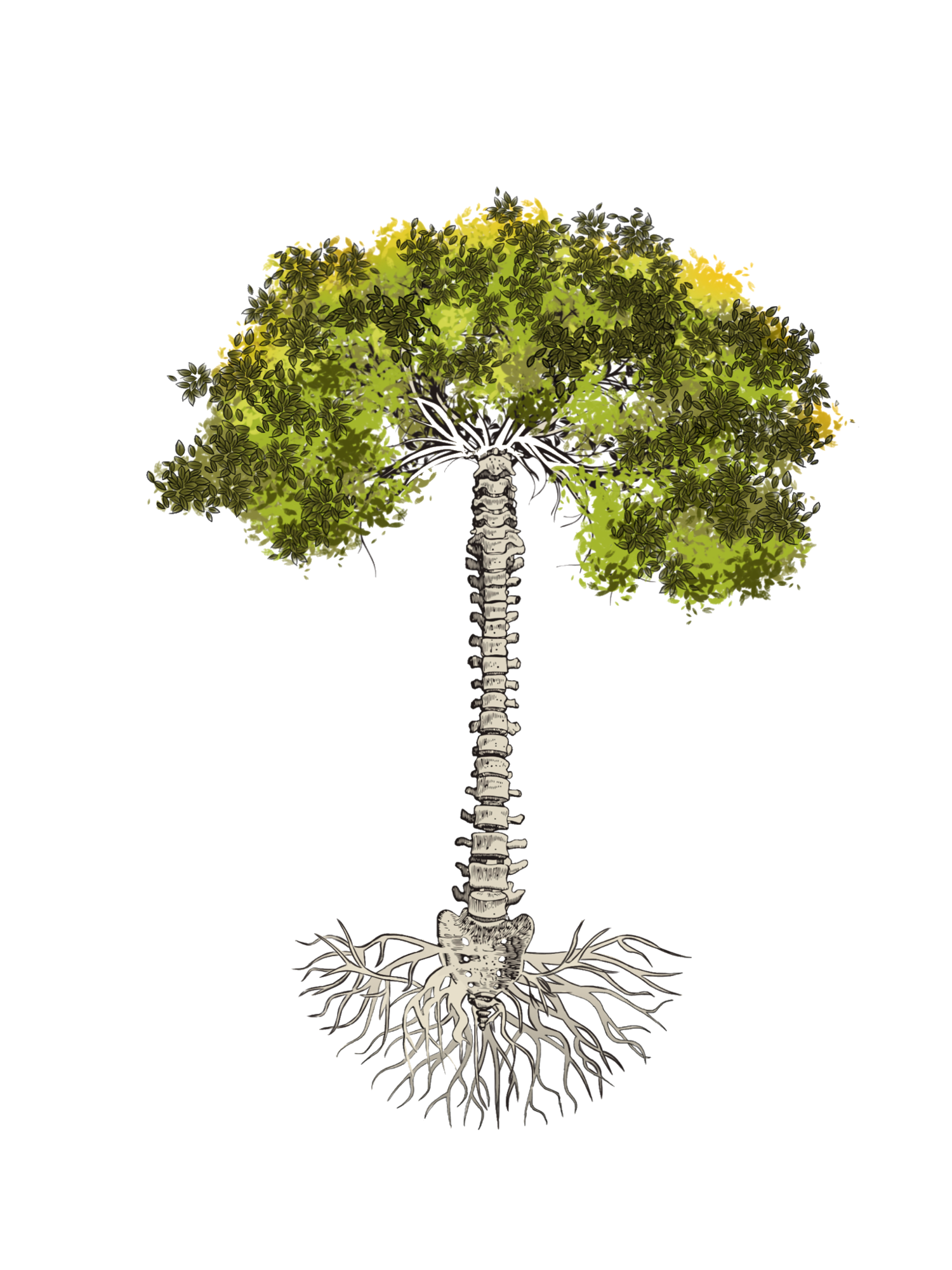Types of Chiropractic Care
Adjusting
Chiropractic adjustment is a procedure in which trained specialists (chiropractors) use their hands or a small instrument to apply a controlled, sudden force to a spinal joint. The goal of chiropractic adjustment, also known as spinal manipulation, is to correct structural alignment and improve your body's physical function.
Eustachian Tube Drainage (Endonasal Technique):
This is a technique used to relieve congestion in the tube behind the eardrum by draining fluid away from the ear. This practice will help your tinnitus (persistent ringing in your ears) if it’s due to congestion of the ear, nose or throat. It is also a good technique to expedite curing a simple ear infection, or unblocking your ears after diving or flying. The process is fairly simple, and although most people gag, it is relatively painless. With your mouth open wide your chiropractor reaches a finger back past your molars and the hinge of your jaw. Beyond the jaw hinge, towards the back of the throat there is a stringy vertical tendon called the “tonsillar pillar”. Just behind the tonsillar pillar is the Eustachian tube. Your chiropractor then gently straightens the Eustachian tube by rubbing one finger down from the ear side of the back of the throat towards the middle. Your doctor can repeat this as needed.
Nasal Specific/Bilateral Nasal Specific (BNS):
This treatment uses finger cots, affixed/tied to a blood pressure bulb (a sphygmomanometer) to deliver an even and effective controlled force of pressure to help open the sinuses to promote drainage. The finger cot portion of this device is lubricated. The patient breaths out through their nose and the finger cot is inserted into one of the six nasal passages, being three on each side. These nasal passages are stair stacked on top of each other. The finger cot/balloon is first inserted into the lower nasal passageways, one on each side of the nose. This is done to keep facial, pressure, symmetrical balance and optimize the benefits of this technique. It is then repeated in the middle passageway’s, then the top passageway.
When the finger cot/balloon is slid into the nasal passageway the patient is asked to breath out through their nose, this allows access and proper placement of the balloon into the passageway. The nose is lightly compressed around the valve of the pressure bulb to ensure that no outward bulging of the balloon occurs when it is inflated. The patient then takes a deep breath in and holds it. By taking the breath in it expands the joints/membranes of the cranial plates. While the patient is holding their breath the practitioner quickly and gently inflates the finger cot/balloon with two to four quick hand pumps/squeezes of the pressure bulb. Squeezing the pressure bulb applies air into the finger cot/balloon. As this air pressure becomes greater it pushes on the walls of the nasal passageways, eventually it squeezes its way through to the back of the throat. The practitioner then quickly releases this pressure via the stem on the valve of the pressure bulb. This process takes one to three seconds.
Active Release Techniques (A.R.T.):
For more information check out our A.R.T. page.
Modalities
Instrument Assisted Soft Tissue Mobilization
The use of instruments to effectively break down fascial restrictions and scar tissue. The ergonomic design of these instruments provides the clinician with the ability to locate restrictions and allows the clinician to treat the affected area with the appropriate amount of pressure. The introduction of controlled microtrauma to affected soft tissue structure causes the stimulation of a local inflammatory response. Microtrauma initiates reabsorption of inappropriate fibrosis or excessive scar tissue and facilitates a cascade of healing activities resulting in remodeling of affected soft tissue structures. Adhesions within the soft tissue which may have developed as a result of surgery, immobilization, repeated strain or other mechanisms, are broken down allowing full functional restoration to occur.
Kinesio Taping
This modality runs interference on pain. Ever whack your shin and rub it, and suddenly realize you feel better? RockTape on the skin can interfere with painful signals which are directed to the brain. When the signals arriving to the brain are altered, it does not produce the sensation of pain. When kinesiology tape is properly applied, many of our customers call it “magic” or think that it fixed their injury instantly. In fact, it helps to change how your body interprets pain, turning down the pain “volume” that your body hears.Taping decompresses an area of swelling and inflammation when the tape is applied to the skin, it has a microscopic lifting effect underneath the skin and between the many layers. This allows the by-products created by inflammation to be removed more quickly. It delays fatigue research has shown that kinesiology tape on skin can attenuate muscle fatigue. In rehab, this is very important, not only for the parts of your body that are currently hurting, but also for the surrounding areas as they help to pick up the slack for muscles that are currently not working well.
Image courtesy of River Parishes Chiropractic
Interferintial Current Therapy (IFC)
This is a noninvasive therapy indicated for the symptomatic relief from, and management of, chronic intractable pain and post-surgical and post-trauma acute pain. It provides a safe and effective alternative to pharmacological approaches to pain control. IFC has minimal side effects and is non-addictive. Adverse reactions associated with this modality may include skin irritation beneath the electrodes. This is also known as electrical stimulation, or e-stim.




